My daughter, Katherine, was born on June 13, 2011, along with her twin brother, Kevin. We brought them home to an already full household. At the time her “older” brothers were 18 months and almost three years old.
Their first few months of life were a blur. Kevin was growing like a weed but Katherine was more petite. She gained weight more slowly and was darker in skin color. My grandmother had an olive skin tone, so initially I wasn’t worried. But in the back of my mind I knew something wasn’t right.
Katherine Receives Biliary Atresia Diagnosis
October 14, 2011 will be a day that forever changed our lives. At their four-month check-up, Katherine’s weight had fallen on the growth chart from tenth percentile to the fifth. Her skin was noticeably darker – more yellow than dark.
We were rushed to our local hospital in Louisville for a battery of tests. After blood work and an abdominal ultrasound, she was admitted with a preliminary diagnosis of biliary atresia. She was scheduled for a cholangiogram to confirm the diagnosis within the week and ultimately had the Kasai procedure. She had some surgical complications within the first few days and soon developed an infection she couldn’t kick.
Katherine’s Care is Transferred to Cincinnati Children’s
Knowing that she was likely facing a liver transplant, we transferred her care to Cincinnati Children’s. We took our first of three ambulance rides up I-71 at the end of October. This was less than two weeks after learning of Katherine’s condition. After doing our fair share of homework, we were prepared with pages of questions. We knew that she was sick, but we were only beginning to understand what that meant. We had no idea how her life would be shaped by the next few months.
Shortly after being admitted to Cincinnati Children’s, Katherine took a turn for the worse and was rushed into emergency surgery. A stitch had come loose at the connection of her bowel to her liver. She powered through, all nine pounds of her. Katherine has been a fighter from the beginning of this journey and continues to be one today. She recovered from that emergency surgery and was discharged about 14 days later. However, her case was presented to the transplant team and it was recommended that she be placed on the list. We began the wait for an available liver.
Katherine Waits for a Liver
On November 19, 2011, her team decided that her health was rapidly declining and she needed to remain in the hospital while waiting for an available liver. Katherine’s bilirubin levels were increasing and she was getting sicker with each passing day.
While waiting as patiently as we could, Kevin, my husband, and I began the process to see if either of us could be a living-related donor match. It’s nothing short of a miracle that Kevin and I were BOTH a match – with me being a little better because my blood vessels and liver size were smaller and a better fit for such a small baby girl.
A Date Is Set for Living-Related Donor Transplant
Kevin and I underwent a battery of tests, including CT scans, EKGs, extensive blood work, as well as individual meetings with social workers and other medical professionals. Afterwards, we met with the transplant surgeons to discuss whether or not this was a real option for her. She wasn’t getting any better and it was becoming harder for her to gain even an ounce of weight. She was running out of time.
After a heartfelt conversation with the surgical team, we set a date for the transplant. If Katherine wasn’t presented with any other viable matches, we wanted to move forward with me being her living-related donor on December 13, 2011.
The weeks passed and December 13 arrived. Four transplant surgeons, various other surgeons and nurses and 12+ hours later, the surgery was complete. Almost immediately our fragile, nine-pound, six-month-old daughter started to pink up. It’s still amazing to me that she survived the surgery knowing how sick she was that day.
She remained in the PICU for about a month, on a ventilator for all but a very few days near the end, and mostly in a heavily sedated state in order to give her body time to heal. She was heavily medicated, but she was “healthy” for the first time in months. Her bilirubin shrank to close to zero, and when I say she was pink, I mean she looked like a little cherub! Chubby from all the medication and fluids, but she looked perfect, even with all the tubes!
Katherine’s Recovery Post-Transplant
Fast forward to the end of January. We were managing through dozens of daily medication doses and life as the parents of a child with special medical needs. We were not only discharged from the hospital but were able to go home after spending several weeks at a nearby hotel. I had spent the majority of the previous four months in Cincinnati with Katherine, only returning home for a day over Thanksgiving and the couple of trips home with Katherine.
To say that we were excited to get home isn’t doing the feeling justice. But at the same time, we were sad to leave our new family at Cincinnati Children’s. Without the incredible care of the doctors and nurses in the transplant department and the gastroenterology group, Katherine would certainly have faced a different ending. We’ll be forever grateful for each and every person that came into our lives as a result of this journey.
The next year brought many ups and downs, repeat visits to the hospital and biopsies for potential rejection scares.
Grateful For Where Katherine is Today
No strangers to lab draws and the ever-present potential scares of longer-term issues when she gets sick, Katherine is a “normal” little girl in second grade. She loves every minute of her life with her three brothers and with her parents at her side. We go months between lab draws and she’s down to only two pills a day – which she can now swallow on her own, unlike her older brothers!
I am grateful that she is doing so well that we are able to picture what the years ahead might look like. I can imagine her being a teenager and us fighting like only mothers and daughters do – especially those who are equally as stubborn as we are. I’m certain that at some point she’ll yell at me and say she wishes she were never born. And I will feel grateful for the opportunity to have made it that far and will calmly remind her that not only did I give her life, but I gave her life twice!
To learn more about living liver donation at Cincinnati Children’s, please call 513-636-6794 or visit our website for more information.

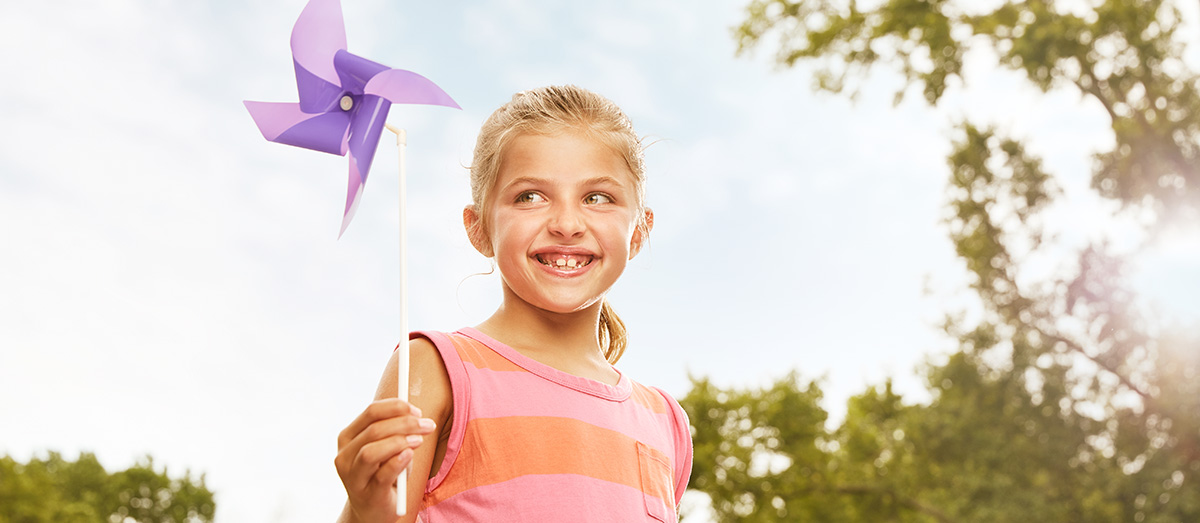
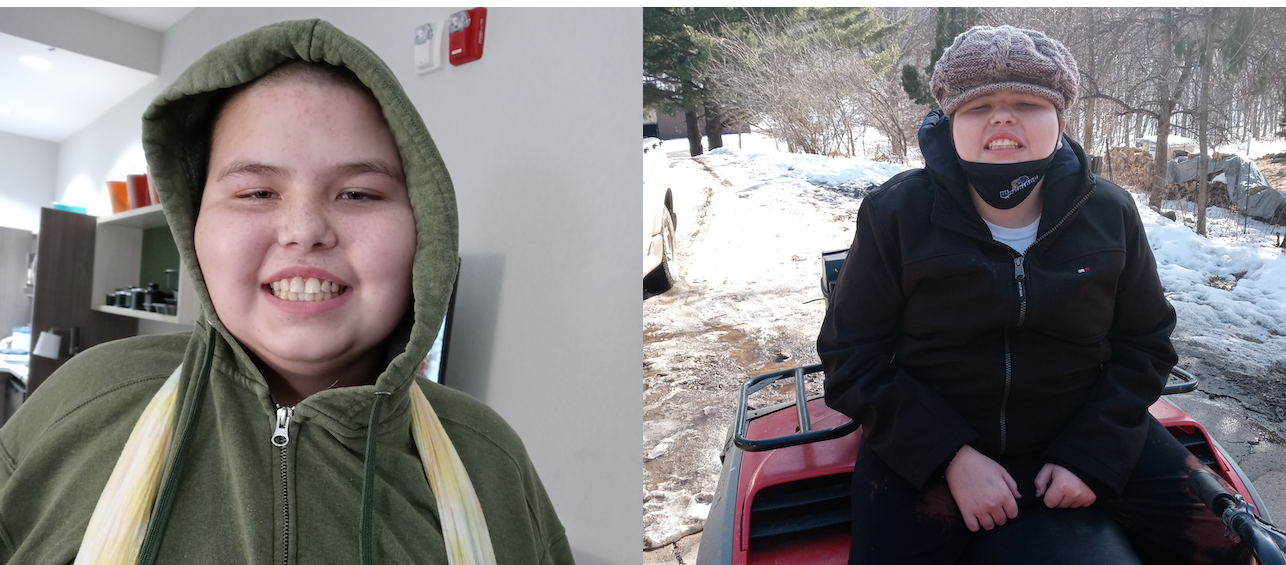
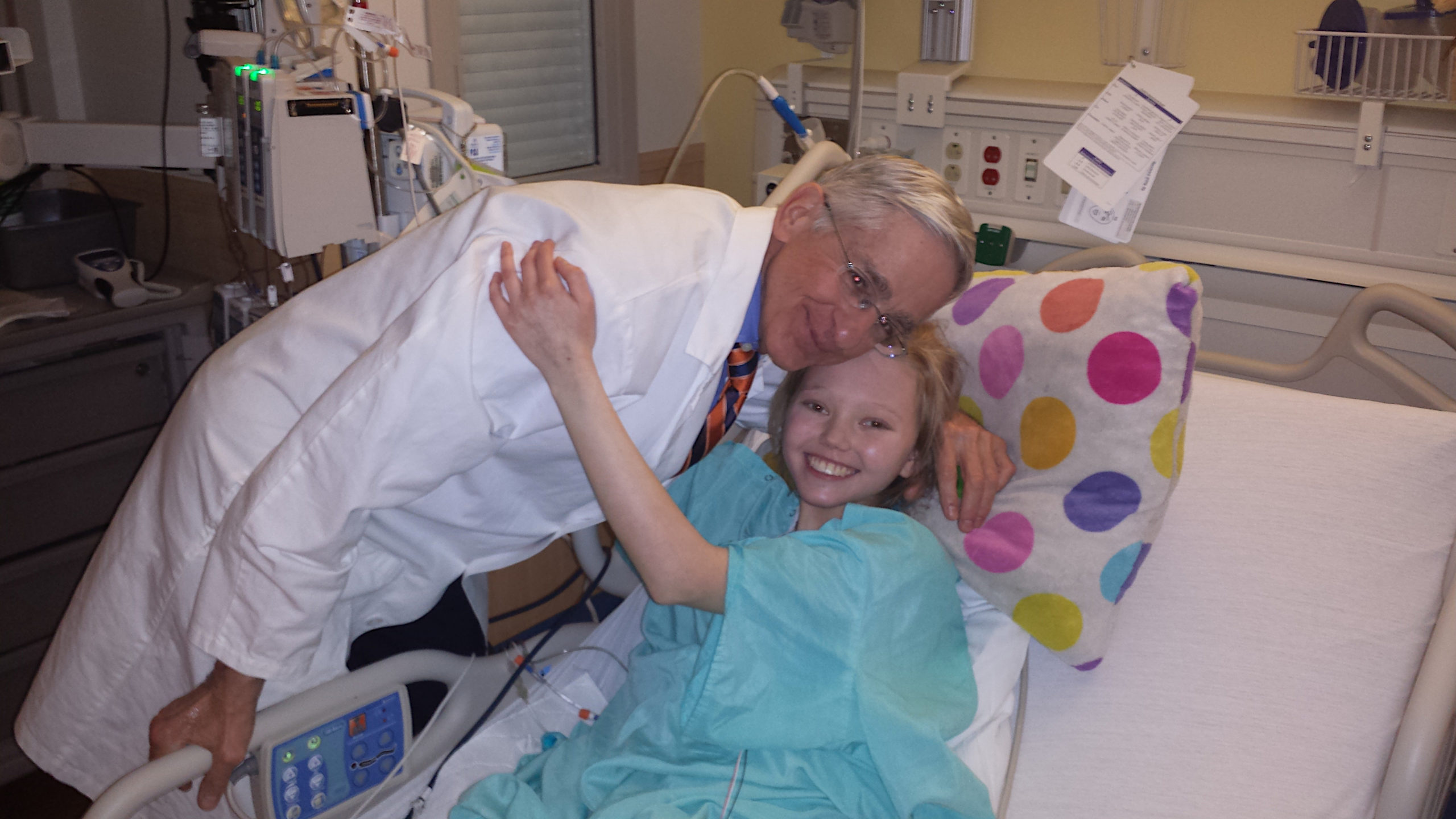
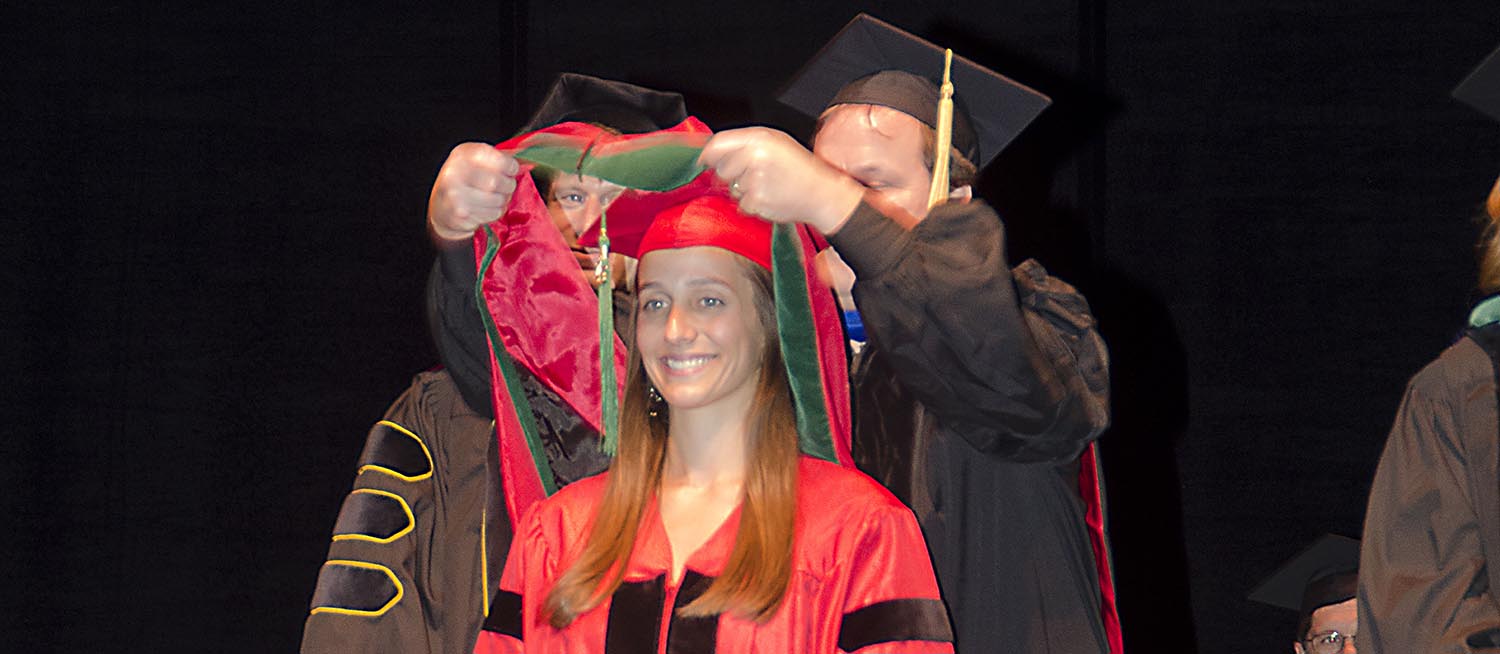
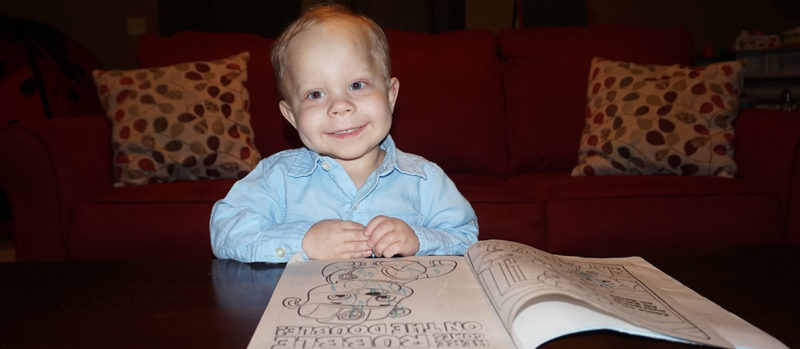
Jessica is just a wonderful person in every way possible! To know her is to admire and love her.She has a wonderful husband and their children are as cute, smart and normal as can be. That is a lot to say for any family that has gone through the nightmare that they have.